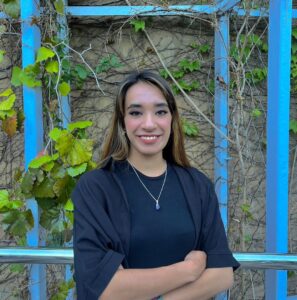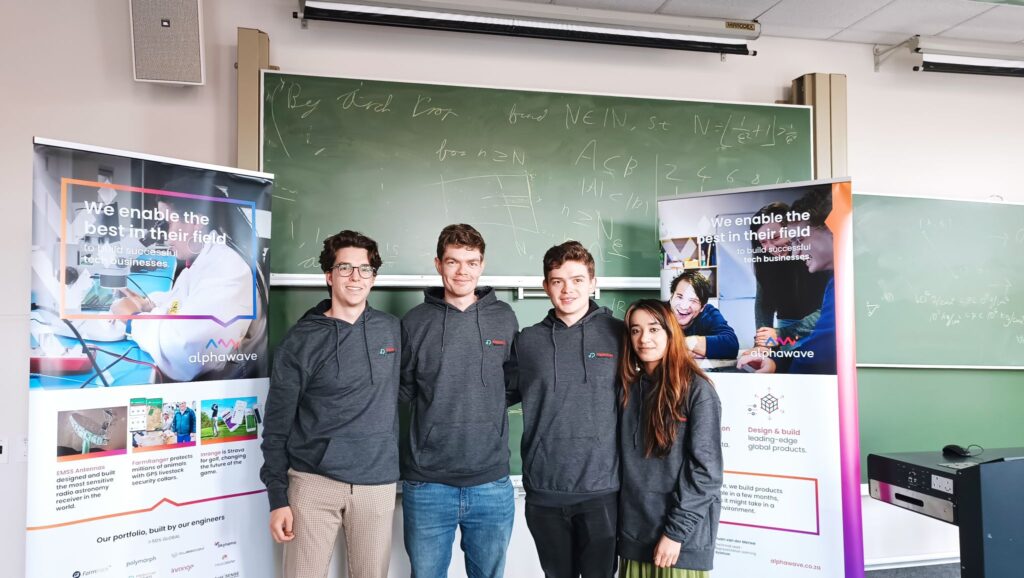- Contact:hello@predictiveinsights.net
Youth Unemployment Prediction | Zuleigha

Meet Zuleigha Patel, one of the four team members who won the UCT Hackathon based on the Predictive Insights | Zindi Youth Income Prediction challenge. As a BSc Computer Science and Computer Engineering student, Zuleigha has some experience in predictive modelling and neural networks. Currently, she’s chairperson of the UCT Developer Society.
Zuleigha's experience
- Is this the first time you’ve participated in a competition like the Predictive Insights Zindi challenge? What was your experience?
- Yes, this was my first time and I thoroughly enjoyed the experience, especially working with my team. We delved deep into the data, uncovering patterns and clues to enhance our machine learning models.
- Are there any new techniques, tools, or insights that you gained during the process?
- The competition provided valuable insights into the role of data processing in policy-making, particularly for issues like tracking youth unemployment rates in South Africa. I gained a deeper understanding of data science, not just in data analysis but in uncovering intricate patterns and interactions within the data.
A standout learning experience was the stacked ensemble model, which combines predictions from various models to select the most effective one.
- The competition provided valuable insights into the role of data processing in policy-making, particularly for issues like tracking youth unemployment rates in South Africa. I gained a deeper understanding of data science, not just in data analysis but in uncovering intricate patterns and interactions within the data.
Approach and methodology
- What was your approach to tackling the Youth Income Prediction challenge?
- Our approach involved detailed exploratory data analysis to identify influential factors and patterns in the data that were pivotal in predicting youth unemployment. These included:
- Educational attainment
- Geographical location
- Economic factors
- Our approach involved detailed exploratory data analysis to identify influential factors and patterns in the data that were pivotal in predicting youth unemployment. These included:

- Can you walk us through the key components of your methodology and the techniques you employed in your predictive model?
- Our approach was straightforward but effective:
- Preparing the data: We cleaned the data and got it ready for analysis
- Making new features: We created new pieces of data that helped us understand the original data better
- Choosing the right models: We tried out different models and decided on a special one called a ‘stacked ensemble model’. This model combines the strengths of several simple models to make better predictions.
- Training and testing the model: We taught our model using some of the data and then tested it with the rest to make sure it was making good predictions.
- Checking how good the model was: We used a score called ROC-AUC to see how well our model was working. A higher score means the model is really good at telling who will be employed and who won’t.
- Our approach was straightforward but effective:
Challenges faced and future goals
- Were there any specific challenges you encountered during the competition? How did you overcome them?
- One of the major challenges was managing the high-dimensional data. We overcame this by employing feature engineering and regularisation techniques, like Elastic Net, to reduce overfitting and enhance.
- What are your future plans or goals in the field of data science, and how has this competition influenced your trajectory?
- This competition has increased my interest in data science, especially its application in social good. My future goal is to develop my skills in data science and machine learning and contribute to data-driven solutions for societal changes.
Passionate about using data science for good?
Check out the 2023 UCT Hackathon.

First Floor, Rhino House
23 Quantum Street, Technopark
Stellenbosch, 7600
South Africa
Visit Us
© 2022 – Predictive Insights